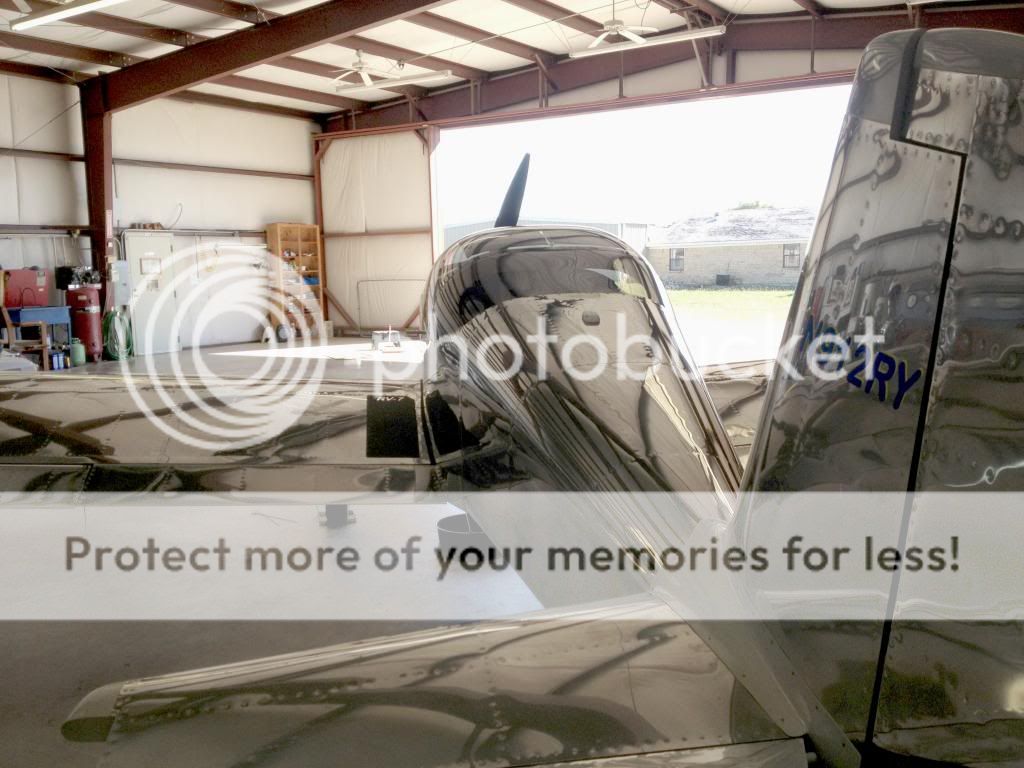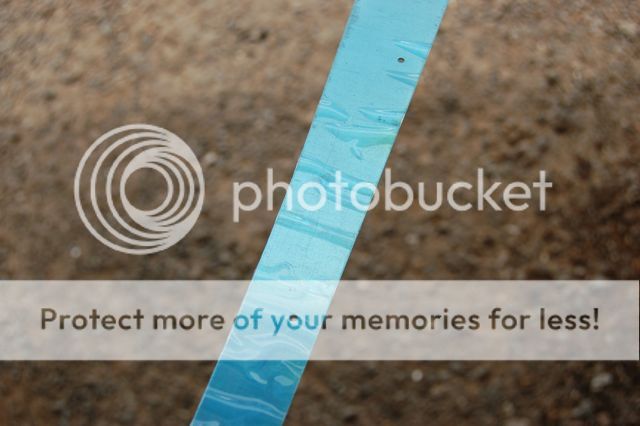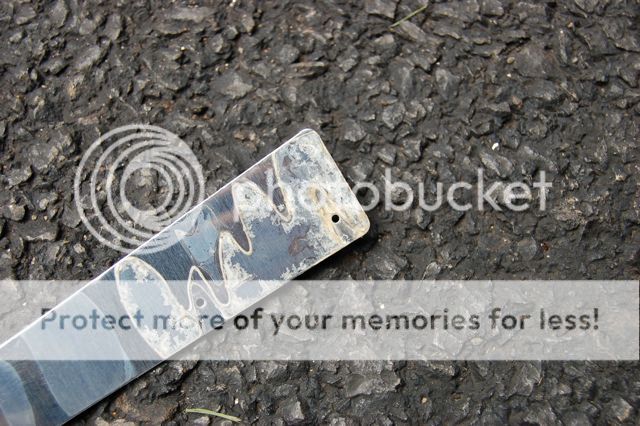jmcanty3
Active Member
Hello All,
I've got my -7 emp kit inventoried and am starting on the rear spar (lots of work to go!). My question for all of you recent builders - how did you deal with the blue vinyl? I have seen cases where strips are cut and removed to allow most of the coating to remain (for protection during construction). I planned on using this method until I read in the plans that the blue vinyl can cause corrosion!?!?! Van's also suggests that the it can be very difficult to remove if left on for more than a few weeks....
I'd like to keep the metal skins as safe as possibble. Any suggestions? To de-vinyl or not to de-vinyl!?
-JC
I've got my -7 emp kit inventoried and am starting on the rear spar (lots of work to go!). My question for all of you recent builders - how did you deal with the blue vinyl? I have seen cases where strips are cut and removed to allow most of the coating to remain (for protection during construction). I planned on using this method until I read in the plans that the blue vinyl can cause corrosion!?!?! Van's also suggests that the it can be very difficult to remove if left on for more than a few weeks....
I'd like to keep the metal skins as safe as possibble. Any suggestions? To de-vinyl or not to de-vinyl!?
-JC







